
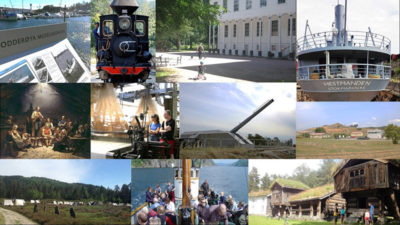
Vest-Agder Museum is an active, regional cultural history museum of the county of Agder in Norway. The museum is supported by the community on a local, regional, and national level. It was established through a merge of seven local cultural-historical museums in 2006. Today the Vest-Agder Museum has eleven departments and sixteen locations open to the public. The museum represents a wide range of themes, activities, and collections. Open-air museums, city museums, museum harbour, museum railway, woolen mill, and a steamship are some of the attractions. The museum produces several exhibitions a year and provides activities for the guests related to the slogan: “We are telling your stories”.
For more than ten years now, Vest-Agder Museum has been working on documentary and exhibition projects that all highlight taboo topics using personal narratives. The museum has completed several cooperation projects with other Norwegian museums on difficult issues and has also taken a national role in doing so. The employees have worked systematically to communicate knowledge about this field throughout our organization.
Link: www.vestagdermuseet.no

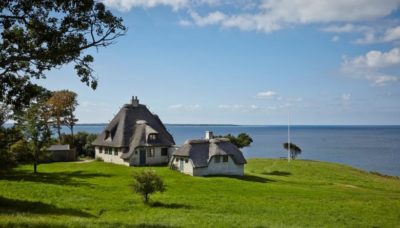
The Frederiks Vaerk Museum of Industry & The House of Knud Rasmussen is the local museum for the Municipality of Halsnaes in Northern Zealand, Denmark. The museum is a State recognized museum and acts according to the Danish museum law.
The museum runs The Powder Works Museum, The Ironmaster’s Mansion (“Palæet”), and the old military depot ‘The Arsenal’ in Frederiksværk beside the memorial house of the Danish polar explorer Knud Rasmussen in Hundested.
The aim of the museum is to focus on the unique industrial heritage of Frederiksværk and on the history and legacy of the polar explorer Knud Rasmussen. It is the ambition of the museum to contribute to redefining the thinking about museums and to incorporate heritage and history in the discussion of the future – from the city planning of Frederiksværk to the understanding of the relationship between Greenland and Denmark today.
To this end, the museum is working with Knud Rasmussen as a historical figure who in his days introduced the general Danish public to Greenland, but also as a symbol to take up the same issues and problematics of the Danish Greenlandic relationship in the broadest sense – both for today and in the future. Participation in the Identity on the Line project is a part of this approach.
The House of Knud Rasmussen is open to the public from Easter to the Danish Autumn vacation (week 42). It is visited by more than 10,000 guests every year. Besides the House itself, the museum offers an extensive archive and library on Knud Rasmussen, Greenland, and the Arctic to the public, researchers and students.
Link: www.knudrasmus.dk
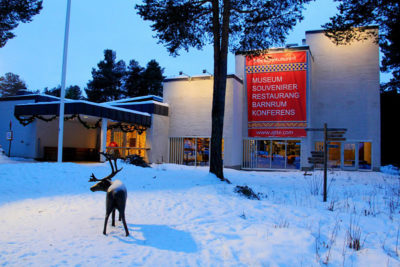

Ájtte Museum in Jokkmokk – the Sami centre
Jokkmokk, just north of the Arctic Circle, has always been an obvious meeting place for trade, gatherings, festivals, and meetings between friends from far and near. This is the site of Ájtte, Swedish Mountain and Sami Museum, a gateway to the high mountains, to Laponia, and to the Sami culture. Here, we tell the story of Sápmi, the land and the people, of life and survival in a demanding climate and environment. It is a story set in the wetlands, forests, and mountains. The project in Ájtte is co-funded by

Link: www.ajtte.com

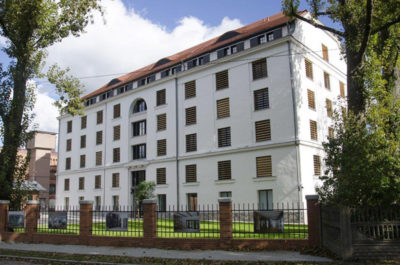
The Museum of the Middle Pomerania in Slupsk (Poland) is a guardian of the difficult history of the place. The objects and documents gathered during 95 years of its existence show the changes in its political situation, the structure of the population, religion, traditions, everyday life, development of the town, as well as works of Polish and foreign artists and local arts.
Pomerania is a historical region on the southern coasts of the Baltic Sea. During its history it changed its status multiple times, being governed by Poland, the local Slavic dynasty – the Gryfitas (related to the Polish kings), Germany, and even (as the result of the peace of the Westfalia) Sweden. In 1945 its central and eastern areas become again a part of Poland.
See movie of Polish boarders and the movements of population after 1945 >>
Link: www.muzeum.slupsk.pl


Vilnius University Faculty of Communication is the most cohesive school of communication sciences, not only in Lithuania but also throughout East Europe. We are proud to have a collective organizational entity that suits the cause and development of information and communication most appropriately and differs from the common practice seen in other countries. Such cohesion has been heralded as one of the foremost strengths of the Faculty – it entails opportunities for further development of interdisciplinary research and studies in communication and information sciences. Research and studies in communication and information form an integrated core of the Faculty of Communication, where the primary focus is on the processes of information search, its preparation, transmission, and uses within the society.
The Faculty provides an integrative approach to the study and research quality, making the best use of goal setting and improvements in infrastructure and human resources. Creativity is seen as an especially valuable individual asset that should be fostered at any time for its potential to generate unique, novel, ground-breaking insights, ideas, and models. The Faculty provides education and training of specialists that answer the market needs, adapt to the constantly changing environment, facilitate innovation, and enhance best practices in their professional areas. The study process involves extensive use of advanced technologies and innovations, as well as methodologies, tools, and techniques already well established throughout the world, all of which aid further improvement in research and study quality. Today the staff of the Faculty embraces more than 60 researchers – it is by far the largest team of communication and information scientists in Lithuania. The project at the University of Vilnius is cofounded by the Lithuanian Council of Culture.
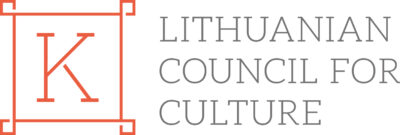
Link: www.kf.vu.lt/en/


National Museum of Contemporary History of Slovenia is the main national institution for the collection, research, and exhibition of the contemporary history of Slovenians from 1914 until today. Museum’s historical material covers the period of the First World War, the between the war period (1918-1941), the Second World War (1941-1945), the period of socialism (1945-1990), and the period of independence of Slovenia (1991) until today. Museum’s oral history archive contains a large collection of documents of the life stories of the pre-war period, the individual experiences of the Second World War, and the post-war period. The basic mission of the museum is recording, acquisition, preservation, research, and promotion of Slovenian history. It carries out activities in the field of culture, education, and research, in cooperation with various institutions and serves as a bridge between the public and historical scene, always striving for international cooperation and enrichment of the national history.
Link: www.muzej-nz.si
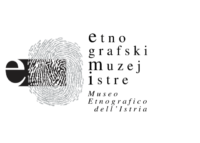

The Ethnographic Museum of Istria is a cultural and scientific regional institution dedicated to the collection, conservation, interpretation, and presentation of cultural phenomena related to the Istrian territory. The museum’s mission focuses on safeguarding the traditional Istrian culture and the awareness of contemporary cultural and social phenomena. Following the official regional policies, the Museum affirms the multicultural character of the territory, which is ethically reflected in the work of the museum and in the museum’s programs. Besides its active role in the museological environment, precisely, in the presentation of cultural heritage, the Ethnographic Museum of Istria from its very beginnings is also a relevant place dedicated to scientific research of local cultural phenomena.
Link: www.emi.hr/en/
